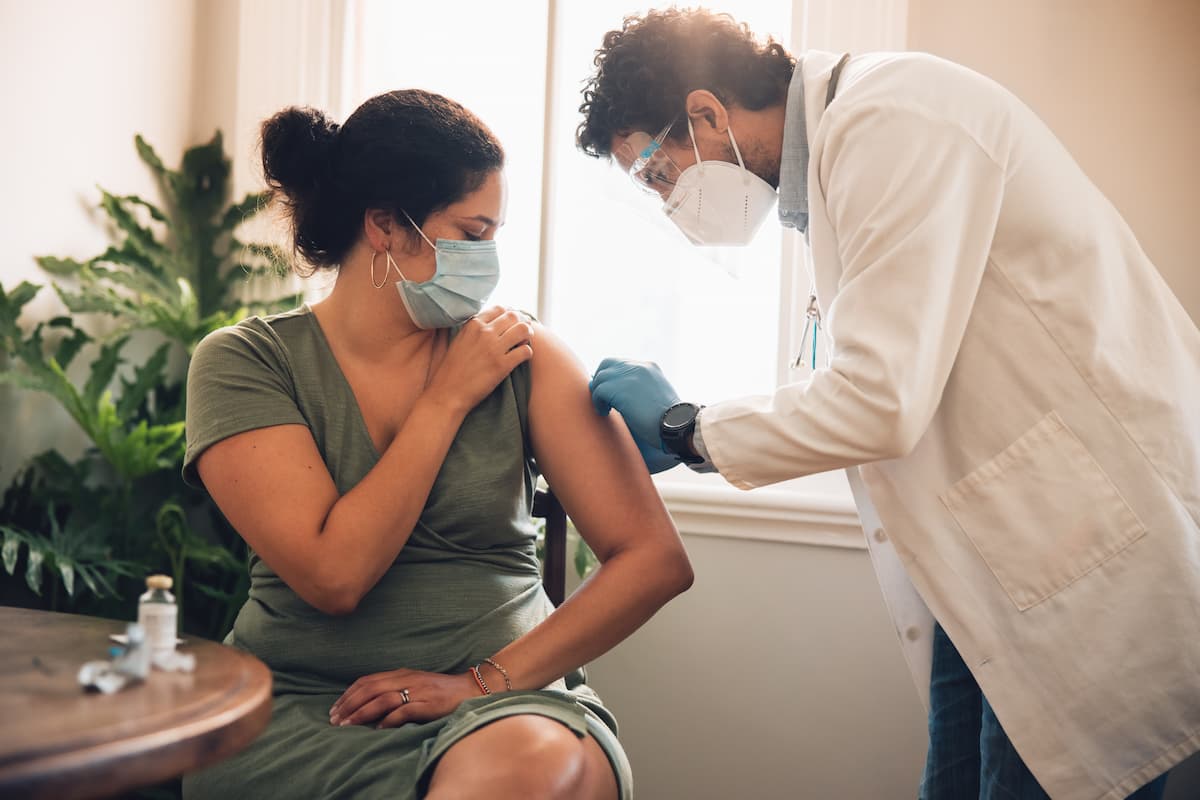News
Article
FDA Grants Orphan Drug Designation to CAP-002 to Treat Patients With Developmental and Epileptic Encephalopathy
Author(s):
Key Takeaways
- CAP-002 is a first-in-class IV gene therapy targeting STXBP1 mutations in DEE, achieving brain-wide neuronal expression.
- Preclinical studies demonstrated up to 70% neuronal transduction and no adverse effects, indicating potential for disease modification.
If approved, the investigational intravenous gene therapy will be the first disease-modifying therapy for developmental and epileptic encephalopathy (DEE).
The FDA granted an orphan drug designation (ODD) to CAP-002 (Capsida Biotherapeutics) for the treatment of developmental and epileptic encephalopathy (DEE) because of syntaxin-binding protein 1 (STXBP1) mutations. The STXBP1 protein is present in every neuron in the brain and is essential for normal neurotransmission. Mutations in the STXBP1 gene are associated with treatment-resistant seizures, severe developmental delay and intellectual disability, motor abnormalities, and sudden unexpected death in epilepsy.1
Image credit: nobeastsofierce | stock.adobe.com

CAP-002 is a novel, first-in-class intravenously (IV) administered gene therapy that uses engineered capsids that are designed to achieve brain-wide neuronal expression of the STXBP1 protein while also significantly detargeting the liver. Currently, the therapy is undergoing research in investigational new drug (IND)-enabling studies.1
According to preclinical pharmacology studies, there is potential to treat and fully correct DEE through gene supplementation. These studies had demonstrated that rescuing these neurological phenotypes was dependent on supplementation of STXBP1 in neurons throughout the brain at levels that are not achievable by wild-type serotypes, such as AAV9.1
"Receiving [an] ODD moves us 1 step closer to our goal of transforming the lives of people living with STXBP1 developmental and epileptic encephalopathy," Swati Tole, MD, chief medical officer at Capsida Biotherapeutics, said in a news release.1
CAP-002 was evaluated in a study that was presented at an oral presentation at the American Society of Gene & Cell Therapy 2024 Annual Meeting in Baltimore, Maryland, which was held from May 7 to May 11.2 In the study, CAP-002 was administered in mouse models and wild-type non-human primates (NHPs). After 6 months, both cargo DNA and RNA levels were assessed using polymerase chain reaction (PCR) tests and total STXBP1 protein levels were assessed using western blot. A surrogate capsid was used to deliver the therapeutic cargo to model phenotypic correction that was achieved by a capsid that crosses the blood-brain barrier (BBB) in mice.3
For the NHPs, cargo DNA and RNA levels were assessed using PCR and total protein levels with an ELISA test after 6 weeks. Additionally, separate NHPs had received an IV administration of the novel AAV capsid that carried an HA-tagged surrogate cargo. After 6 weeks, immunofluorescence that stained for HA and a neuronal marker was used to quantify the percentage of neurons expressing cargo protein.3
According to the data, a single IV infusion of CAP-002 resulted in brain-wide STXBP1 gene expression. Additionally, it could transduce up to 70% of neurons at therapeutically relevant doses in NHPs. The investigators noted that this level of gene expression raises neuronal STXBP1 protein to levels that are comparable to those that reversed disease phenotype in a mouse model.2,3 CAP-002 had no clinical pathology, histopathology, or immunogenicity findings.2
“These data demonstrate that our STXBP1 program effectively crosses the blood-brain barrier in NHPs following IV delivery and achieves breakthrough levels of widespread brain transduction and STXBP1 protein expression needed to achieve disease-modifying impact as demonstrated in the mouse model data,” Susan Catalano, PhD, chief scientific officer at Capsida Biotherapeutics, said in a news release. “Coupled with significant detargeting of the liver compared to AAV9, CAP-002 holds the promise of effectively reversing disease and does so via less-invasive IV administration. We look forward to advancing our STXBP1 program into clinical development in the first half of 2025, so that we can bring this disease-modifying treatment option to people suffering from this devastating disease.”2
The findings can show promise for those who have DEE, according to the investigators. There are currently no approved treatments for the condition, and research for CAP-002 will continue.1
"FDA's granting [an] ODD signals the significant potential that CAP-002 demonstrates based upon our preclinical data," Peter Anastasiou, CEO of Capsida Biotherapeutics, said in the news release. "There are no disease-modifying therapies available for STXBP1 developmental and epileptic encephalopathy and CAP-002 could be the first, bringing hope for patients and families affected by this devastating disorder."1
REFERENCES
1. FDA Grants Orphan Drug Designation to Capsida Biotherapeutics for Potential Treatment of STXBP1 Developmental and Epileptic Encephalopathy. News release. PR Newswire. October 30, 2024. Accessed November 1, 2024. https://prnmedia.prnewswire.com/news-releases/fda-grants-orphan-drug-designation-to-capsida-biotherapeutics-for-potential-treatment-of-stxbp1-developmental-and-epileptic-encephalopathy-302290436.html#
2. Capsida Biotherapeutics Presents New Preclinical Evidence Indicating Novel First-in-Class IV-Administered Gene Therapy Effectively Treats Genetic Epilepsy Due to STXBP1 Mutations. News release. BioSpace. May 7, 2024. Accessed November 1, 2024. https://www.biospace.com/capsida-biotherapeutics-presents-new-preclinical-evidence-indicating-novel-first-in-class-iv-administered-gene-therapy-effectively-treats-genetic-epilepsy-due-to-stxbp1-mutations
3. Knoll A, Lopex AJ, Sandberg T, et al. CAP-002: Systemic AAV Gene Therapy with Next Generation Capsids for Treatment of STXBP1 Encephalopathy (Abstract 504). Accessed November 1, 2024. https://capsida.com/downloads/Abs_504_Knoll_CAP-002_ASGCT_2024.pdf
Newsletter
Stay informed on drug updates, treatment guidelines, and pharmacy practice trends—subscribe to Pharmacy Times for weekly clinical insights.

FDA Grants Full Approval to mRNA-1273 COVID-19 Vaccine in Children at Increased Risk





